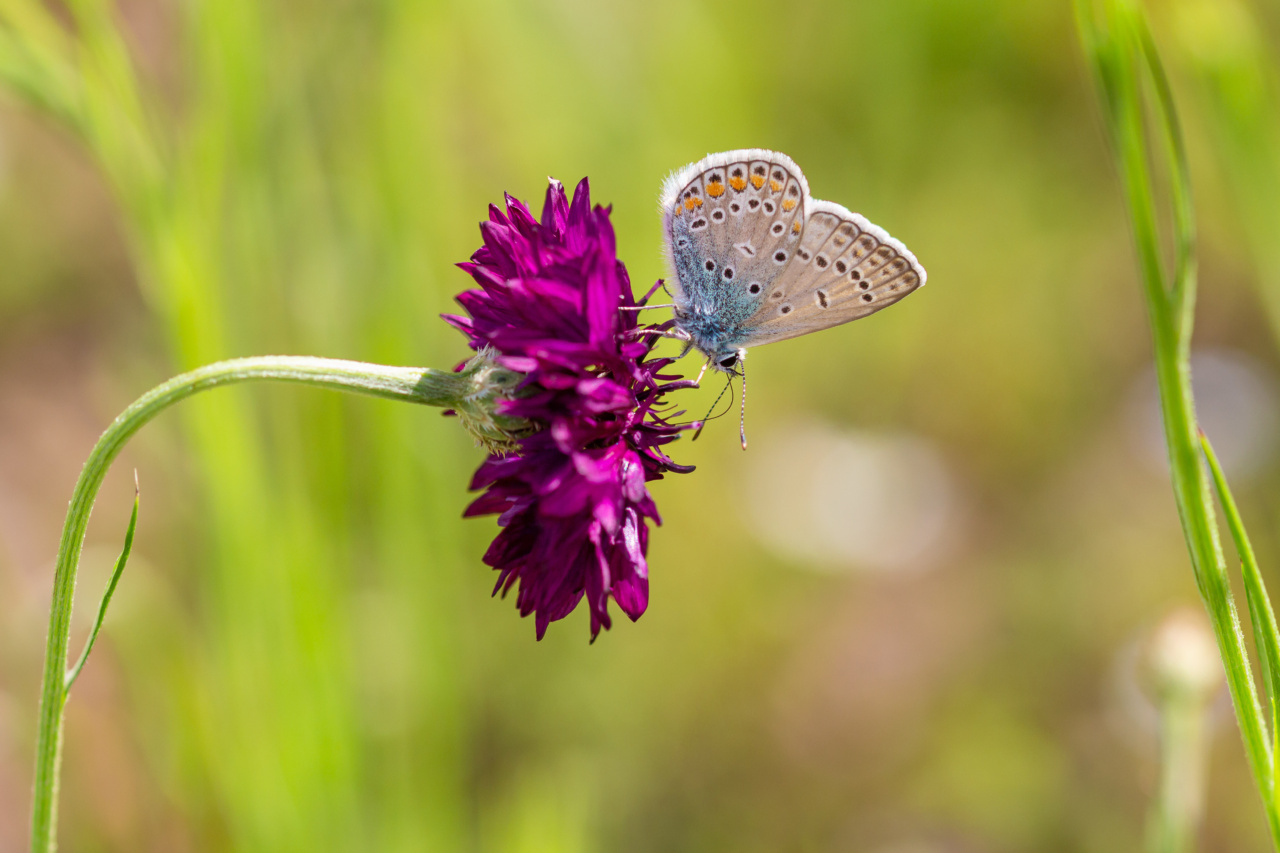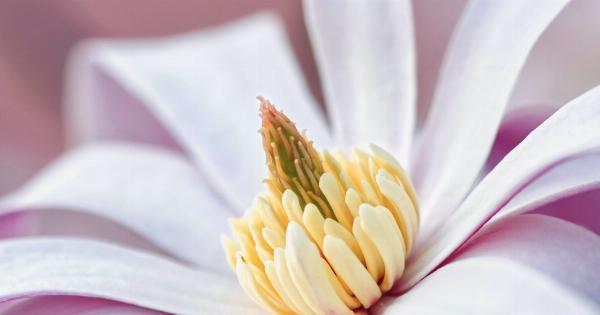Spring is here – the season of new growth, longer days, and warm sunshine. Unfortunately, spring is also the season of allergies for many people.
Allergies occur when the immune system overreacts to harmless substances like pollen, mold, and animal dander.
What Causes Spring Allergies?
There are several allergens that are most common in the springtime. Here are the most common causes of spring allergies:.
Pollen
Pollen is a fine powder released by plants during their reproductive cycle. Spring is the peak season for tree pollen, with birch, oak, and maple trees being the most common culprits. Grass pollen also peaks in the spring, especially in May and June.
Pollen can travel long distances, so even if you don’t see trees or grass in your immediate vicinity, you can still be affected by pollen allergies.
Mold
Mold thrives in warm and damp conditions, making spring the perfect season for mold growth. Mold spores are everywhere in the environment, but when they land on damp surfaces, they can grow and reproduce quickly.
Common sources of mold in spring include wet soil, fallen leaves, and damp surfaces in the home, such as bathrooms and basements.
Dust Mites
Dust mites are microscopic insects that live in household dust. They are a common cause of indoor allergies and thrive in warm, humid environments.
In the spring, people tend to do more cleaning and air out their homes, which can stir up dust mites and exacerbate allergy symptoms.
Animal Dander
Animal dander is composed of tiny flakes of skin and hair that are shed by pets. Allergic reactions to animal dander are most common in people who have allergies to cats and dogs.
Spring is a popular time to adopt a new pet, which can lead to an increase in allergy symptoms in people who are sensitive to animal dander.
Insect Stings
Insect stings are more common in the spring as insects come out of hibernation and become more active. People who are allergic to insect stings can experience severe reactions, including anaphylaxis, which can be life-threatening.
How to Manage Spring Allergies
While you can’t eliminate allergens from your environment entirely, there are several steps you can take to manage your spring allergies:.
Take Medications
Antihistamines, decongestants, and nasal corticosteroids are all medications that can alleviate allergy symptoms. Antihistamines block the effects of histamine, a chemical released by the immune system in response to allergens.
Decongestants help to shrink swollen nasal passages, and nasal corticosteroids decrease inflammation in the nasal passages. Consult with your healthcare provider to determine which medication is right for you.
Limit Exposure to Allergens
Limiting exposure to allergens is the most effective way to manage allergy symptoms. Avoid outdoor activities during peak pollen times, and keep windows and doors closed to prevent pollen from entering your home.
Use an air purifier with a HEPA filter to remove allergens from the air in your home. Wash your bedding frequently in hot water to kill dust mites, and use dust mite covers on pillows and mattresses. Regularly clean damp areas in your home to prevent mold growth.
Conclusion
Spring allergies can be a nuisance, but there are several steps you can take to manage them.
By identifying the most common causes of spring allergies and taking appropriate precautions, you can reduce your allergy symptoms and enjoy the season comfortably.































